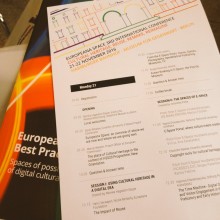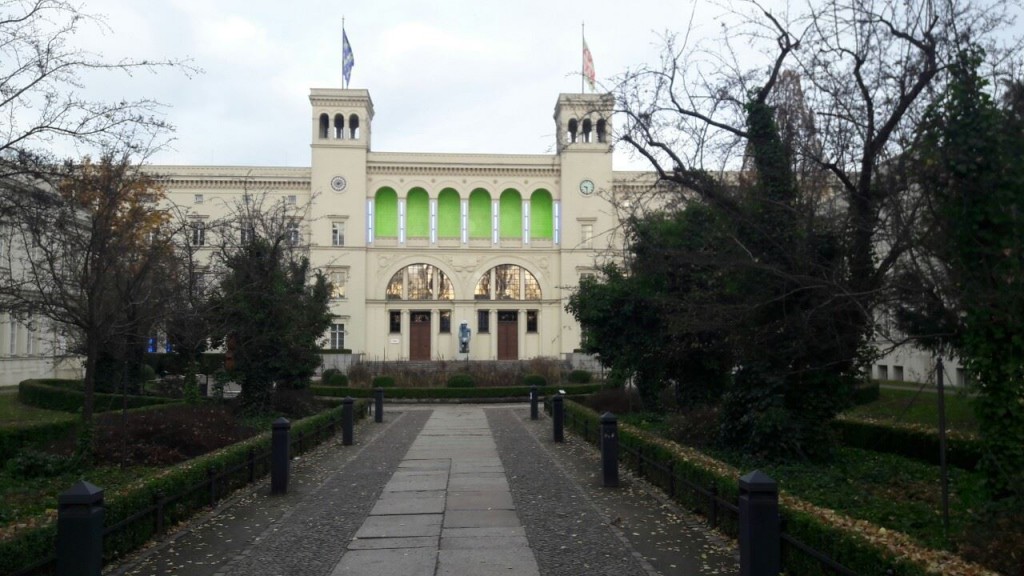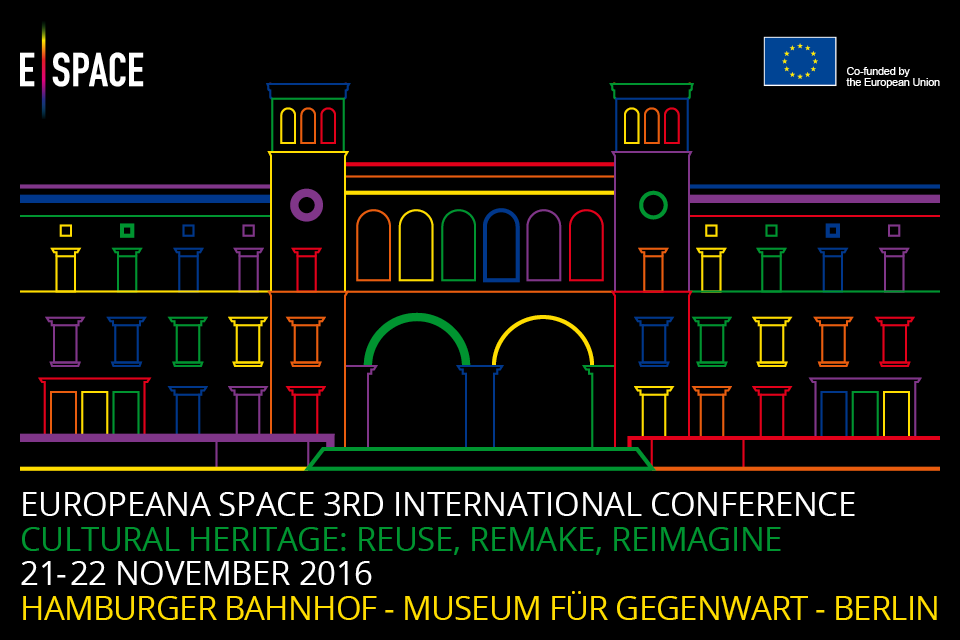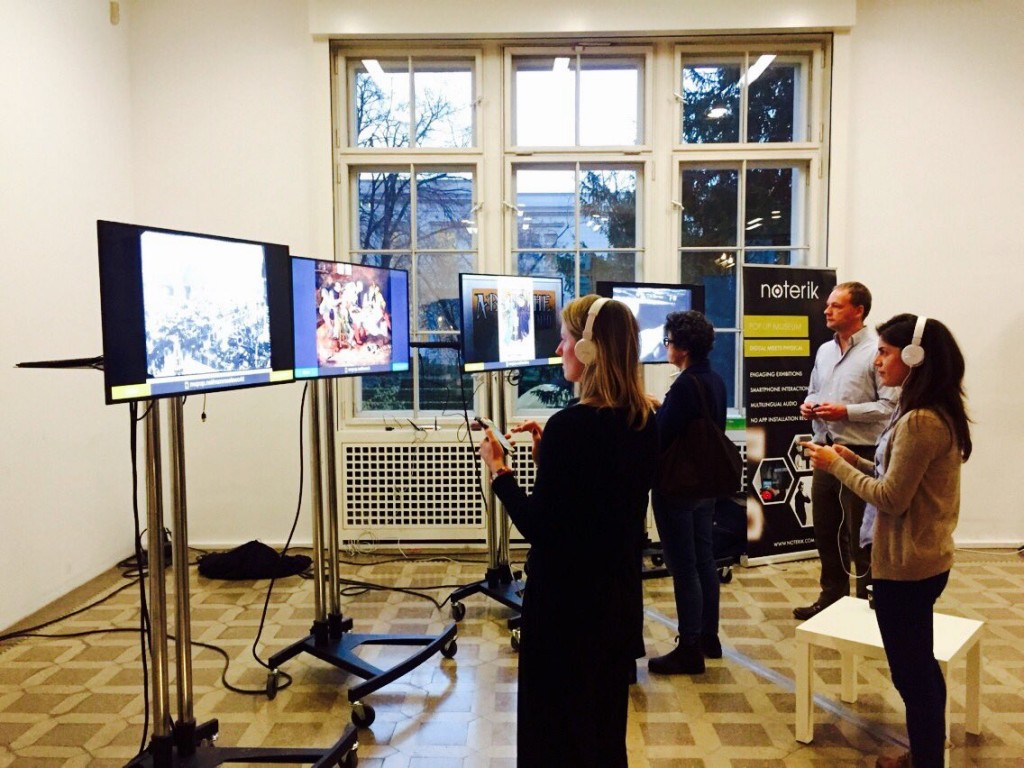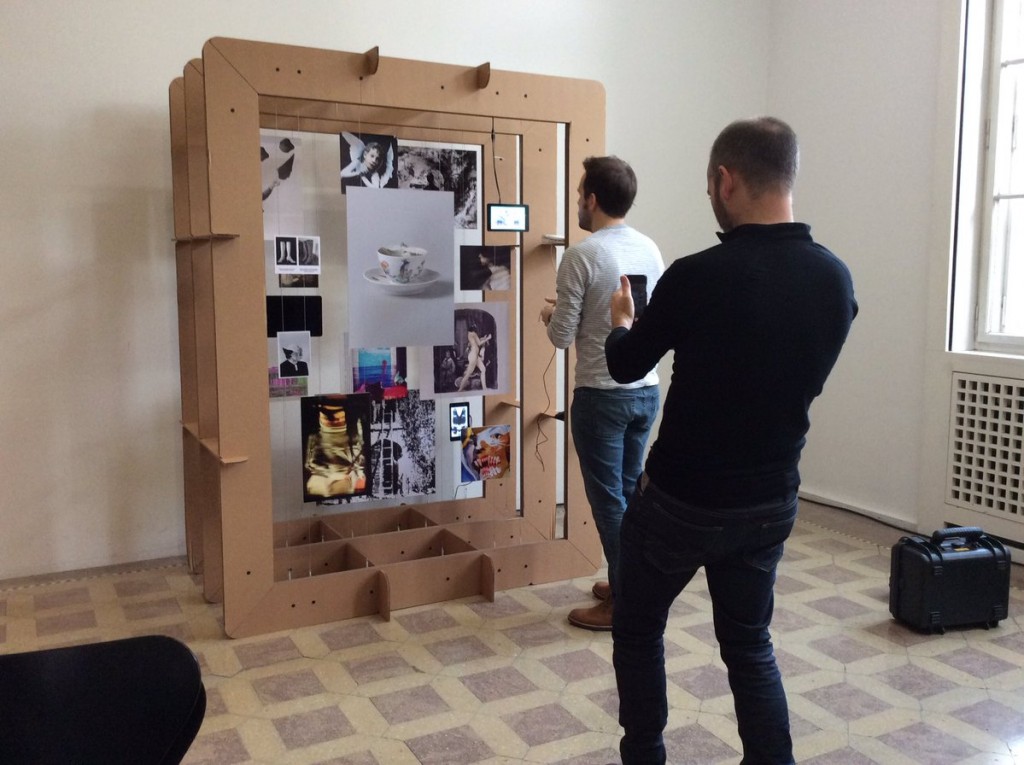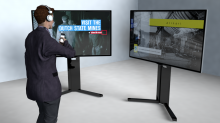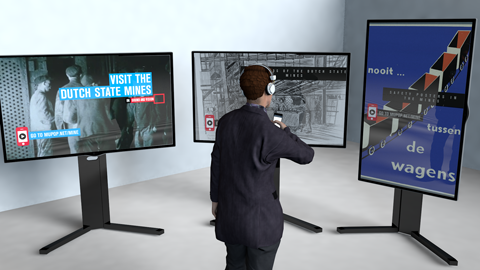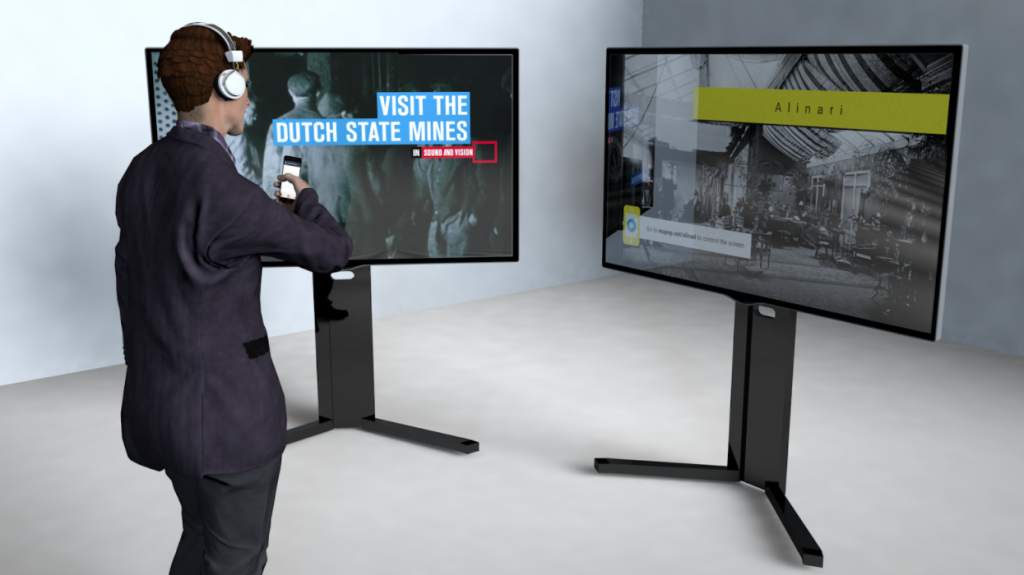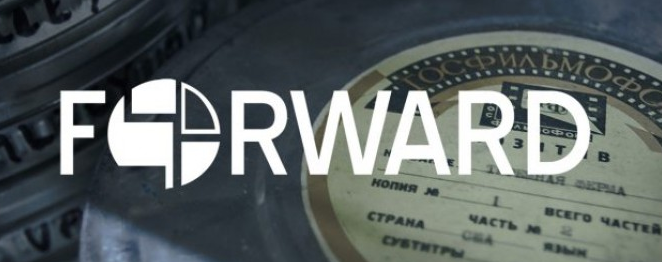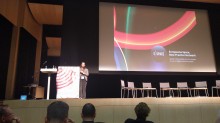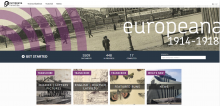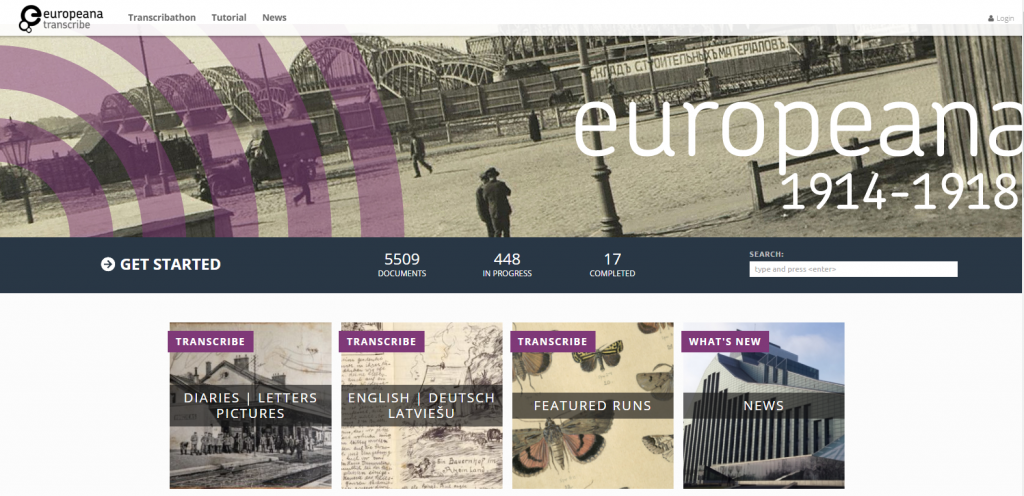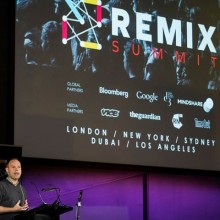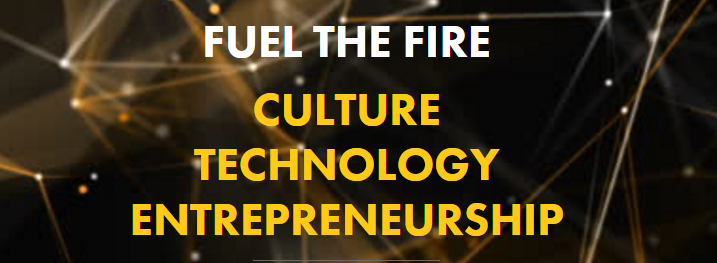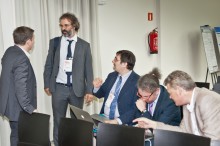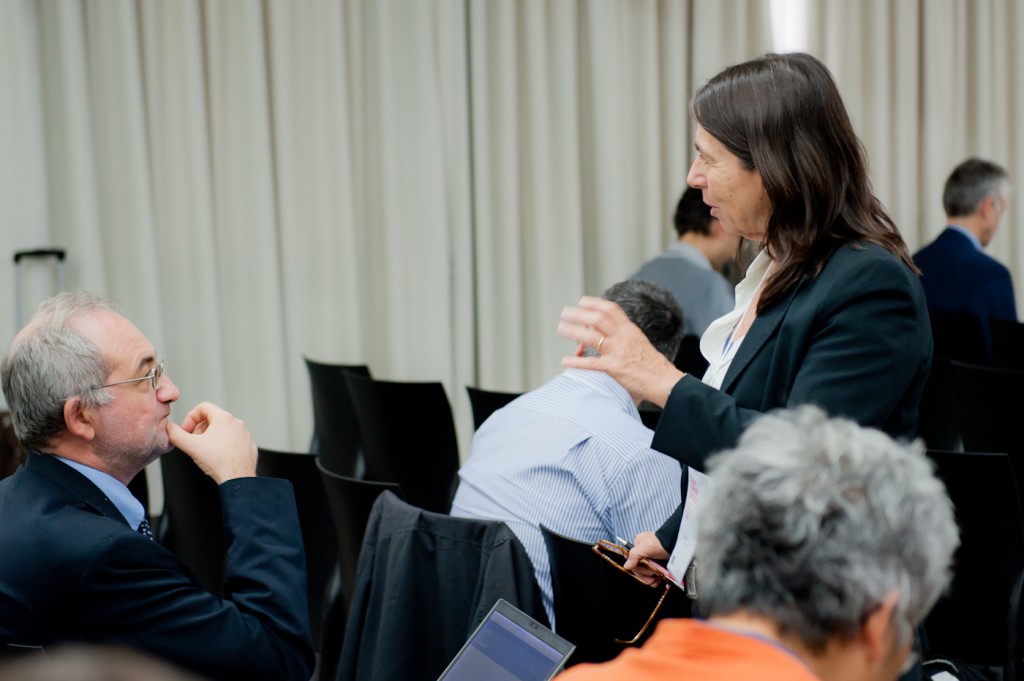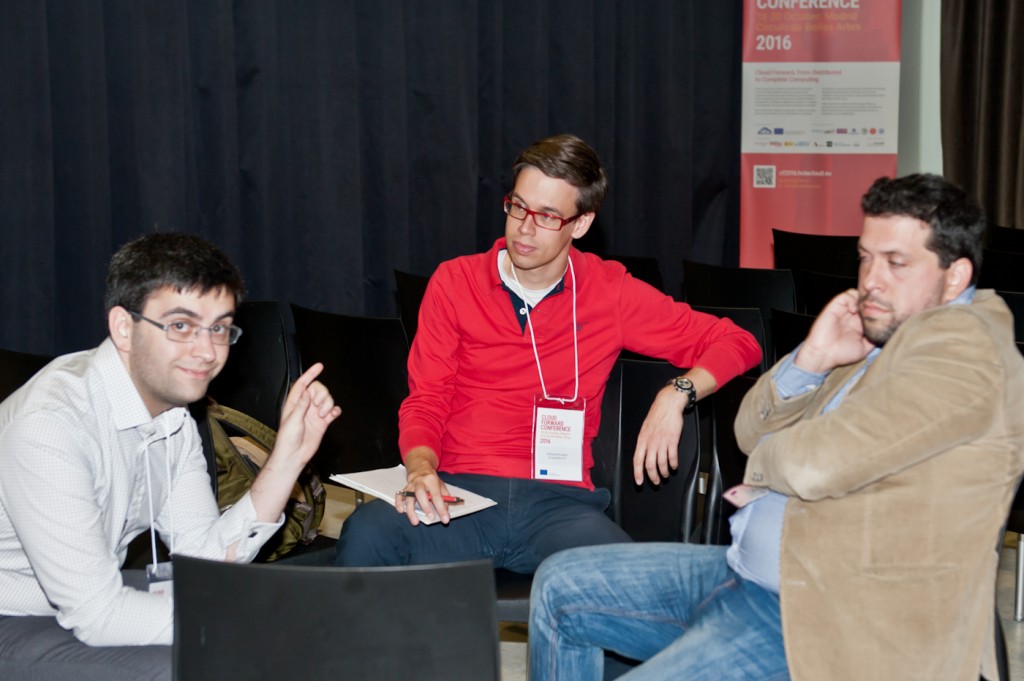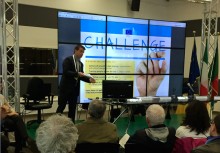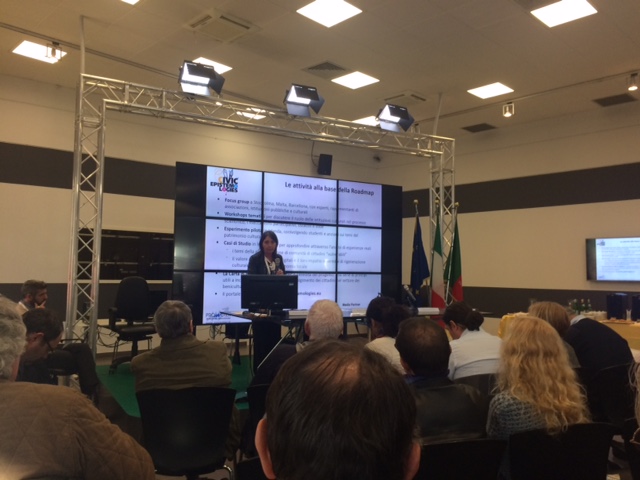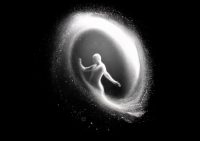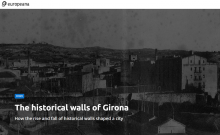
Digital Past is a two day conference which showcases innovative digital technologies and techniques for data capture, interpretation and dissemination of the heritage of Wales, the UK and beyond. The conference aims to promote learning, discussion and debate around a range of digital technologies in current use, or in development, to record and understand the historic environment by bringing together individuals from the commercial, public, academic, third sector and voluntary sectors.
The event has been running for eight years, regularly attracting delegate numbers of up to 175, largely from the UK but including those from as far away as the USA and Israel. The ethos of the conference is to promote contact and cross-working between the diverse organisations within, or associated with, the heritage sector, from those involved within the development of digital technologies within industry and academia to those involved in engagement and dissemination in a more traditional heritage background.
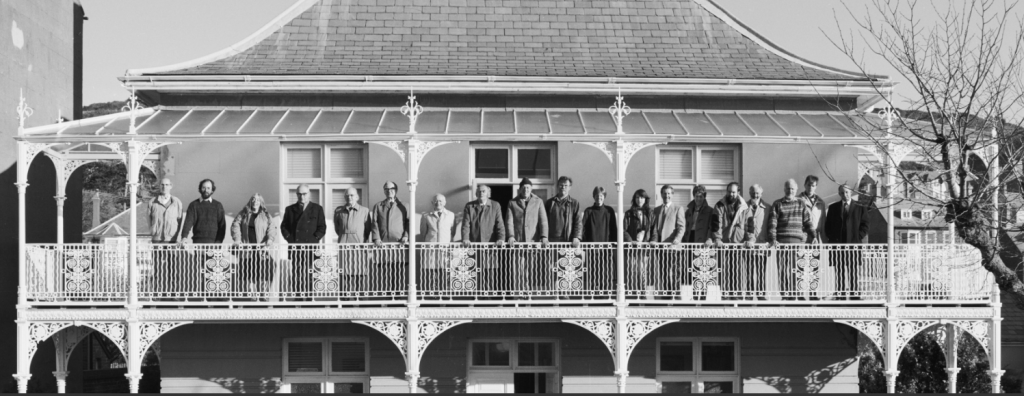
The 2017 event, to be held at The Riverfront, Newport on the 15th and 16th February 2017, will focus on two session themes: ‘Digital Technologies’ and ‘Digital Heritage’.
Delegates will be offered a combination of presentations and hands-on workshops and demonstrations in a friendly and informal atmosphere that aims to promote networking and exchange of ideas. Unconference sessions will be provided on the first afternoon, giving the opportunity for delegates not on the formal timetable to present on projects, research, ideas or issues within or outside the themes of this year’s event. Exhibition and Poster stands will also give the opportunity for display and demonstration of projects or products, and the chance to talk to heritage organisations, societies, universities, product developers and retailers.
Digital Past is organised by the Royal Commission on the Ancient and Historical Monuments of Wales.
More information and registration: http://rcahmw.gov.uk/digital-past-conference/


